Kashipan, a delightful aspect of Japanese culinary culture, refers to traditional Japanese sweet bread or pastries. This delectable treat has a long-standing history and is cherished for its soft and fluffy texture, unique flavors, and delightful appearance. From classic pan featuring sweet red bean paste filling to seasonal variations like sakura-flavored kashipan, these baked goods hold a special place in Japanese hearts and taste buds. Whether enjoyed as a snack, dessert, or accompaniment to a cup of tea, kashipan embodies Japanese cuisine’s perfect blend of simplicity and scrumptiousness.
What is Kashipan?
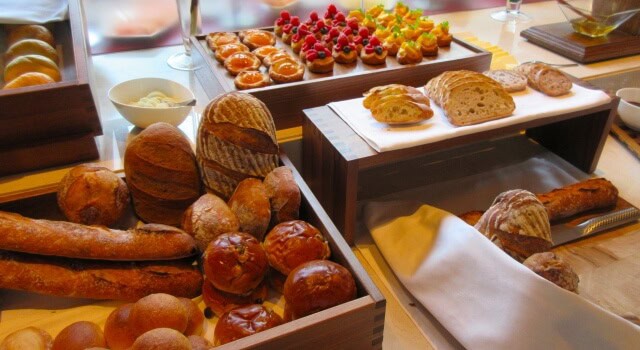
Kashipan (菓子パン) is a term used in Japan to describe sweet bread or pastries. These sweet bread and pastries come in various shapes, sizes, and flavors, and they are famous throughout Japan. Some of the most common types of kashipan include anpan (sweet red bean paste-filled bread), melon pan (bread topped with a sweet cookie crust), cream pan (bread filled with custard or cream), and strawberry jam-filled rolls, among many others. Kashipan can be found in bakeries, convenience stores, and supermarkets across Japan, making it easily accessible for people to enjoy as a quick snack or a treat to complement their tea or coffee.
Kashipan History
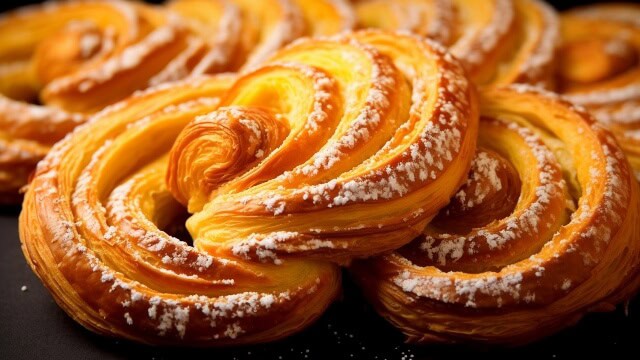
Anpan, a specific type of kashipan, is a sweet bread roll filled with anko, a sweet red bean paste made from azuki beans. The creation of anpan is credited to a man named Yasubei Kimura, a former samurai turned baker who lived in the late 1800s. Introduced around 1874, anpan quickly became a hit due to its delicious taste, affordability, and association with Yasubei Kimura’s philanthropic efforts. The popularity of anpan paved the way for the broader category of kashipan, encompassing various sweet bread and pastries that emerged during that era and beyond. Kashipan originated in Japan’s Meiji era (1868-1912) when Japan opened its doors to foreign influence and cultural exchange. Western-style baking and bread-making techniques were introduced to the country during this period. Around the late 19th to early 20th century, sweet bread and pastries inspired by Western baking traditions became popular in Japan.
Bread type and production volume
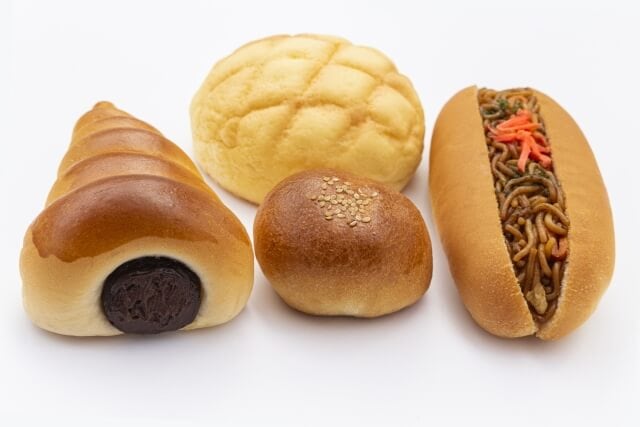
It’s hard to imagine how many types of bread are currently sold in Japanese bakeries, but retail bakeries (shops with kitchens inside the store) that you often see in town sell 90 to 120 types of bread, while large bakeries sell 90 to 120 kinds of bread. According to the “Production Volume by Type of Bread” announced by the Ministry of Agriculture, Forestry and Fisheries, plain bread is classified into simple, coppé, and raisin. It refers to bread, butter rolls, Danish pastries, etc. Other breads include French bread, German bread, cooking bread, and croissants.
Elemental composition of primary bread
According to the Ministry of Agriculture, Forestry and Fisheries, the amount of protein in wheat flour, the primary raw material, is changed depending on the volume of bread to be made, the number of secondary ingredients, and the desired texture of the bread. The type and amount of baker’s yeast are also adjusted in consideration of the temperature of the bread dough, the amount of sugar and salt blended, and of course, the first consideration is the balance of saltiness and saltiness. Still, it is almost inversely proportional to the amount of added sugar.
Various types of Kashipan
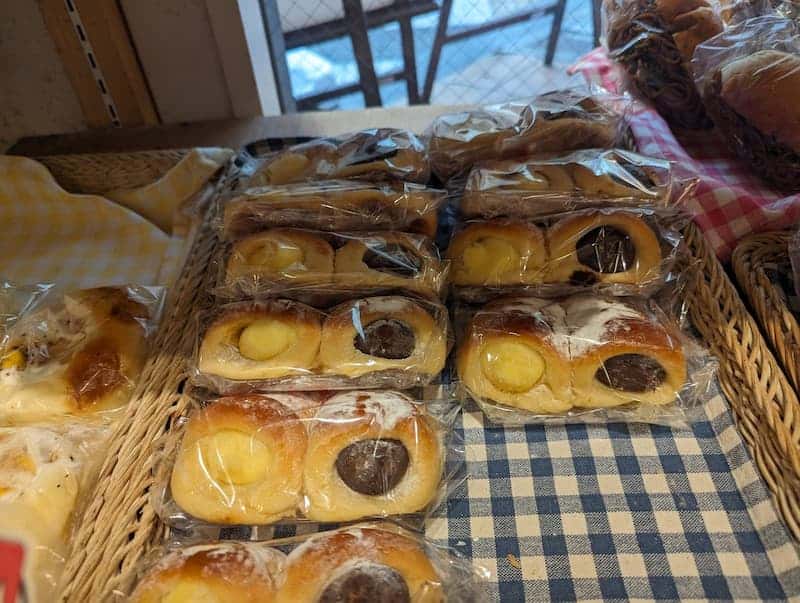
Kashipan encompasses various sweet bread and pastries in Japan, each offering unique flavors and fillings.
Anpan (あんパン)
Anpan is a sweet roll filled with anko, a sweet red bean paste made from azuki beans. It is one of the most iconic and widely consumed types of kashipan in Japan.
Melon Pan (メロンパン)
A melon pan is a round, soft bread covered with a thin layer of cookie dough, giving it a melon-like appearance. Despite the name, it doesn’t typically have a melon flavor but comes in various versions, including chocolate or matcha-flavored varieties.
Cream Pan (クリームパン)
A cream pan is a sweet bread roll filled with custard or sweet cream. The filling can vary in flavor, such as vanilla, chocolate, or fruit-infused creams.
Curry Pan (カレーパン)
Curry pan consists of deep-fried or baked bread filled with Japanese curry. The curry is usually thick and has a slightly sweet flavor.
Favorite Kashipan ranking in Japan
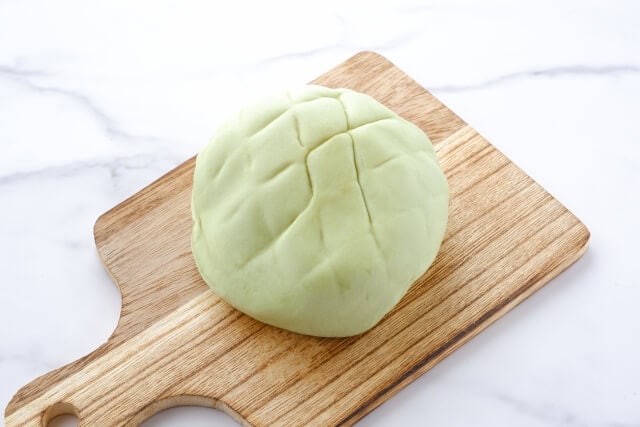
Melon pan
Melon bread is famous for combining the crispy cookie dough on the surface and the fluffy texture inside. It’s nice to be able to enjoy two textures at once. The gentle sweetness and buttery aroma are also irresistible for sweet bread lovers.
Cream bread
When the cream spreads in your mouth, it makes you happy. The texture of the fluffy bread dough The taste of sweet and elegant cream matches.
Croissant Danish
There seems to be no apparent difference between croissants and Danish fabrics. Both are characterized by the crispy dough with many layers and the butter scent. The croissant topped with chocolate and the Danish topped with fruit was especially popular.
Kashipan FAQ
- How do you store kashipan to keep it fresh?
-
Proper storage is essential to keep kashipan fresh and preserve its softness and flavor. For short-term consumption (1-2 days), store at room temperature in an airtight container or tightly wrapped in plastic. For a few extra days of freshness, refrigerate with the same precautions. To extend shelf life, freeze kashipan individually wrapped in plastic or foil and thaw at room temperature or gently warm before eating.
- Are there any vegan or gluten-free options for kashipan?
-
Yes, there are vegan and gluten-free options for kashipan available to accommodate dietary preferences and restrictions. As vegan and gluten-free diets have become more popular and accessible, Japanese bakeries and specialty stores have started offering alternatives to traditional kashipan.
Kashipan Recipe
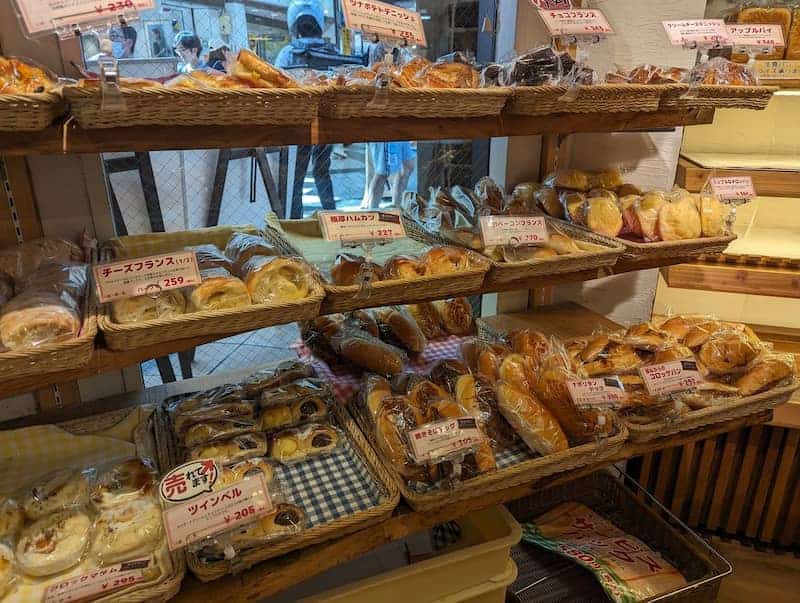
Kashipan Ingredients
| Ingredients of Kashipan for two persons | Measurements |
|---|---|
| All-purpose flour | 250g |
| Granulated sugar | 30g |
| Dry yeast | 5g |
| Warm water (around 40°C) | 125g |
| Unsalted butter softened | 30g |
| Teaspoon salt | 2g |
How to make Kashipan?
In a mixing bowl, combine the warm water and granulated sugar. Stir until the sugar dissolves, then add the active dry yeast. Let it sit for about 5 minutes or until it becomes foamy.
Add the softened butter, salt, and half of the flour to the yeast mixture. Mix well until combined. Gradually add the remaining flour and knead the dough until it becomes smooth and elastic, which should take 5-7 minutes.
Place the dough in a greased bowl and cover it with a damp cloth or plastic wrap. Allow it to rise in a warm place for about 1 to 1.5 hours or until it doubles in size. Preheat your oven to 180°C (350°F). After the dough has risen, punch it down to release the air. Divide it into two equal portions.
Here you can put in any of your favorite fillings.
Bake the bread in the oven for approximately 15-20 minutes or until golden brown. Remove from the oven and let them cool on a wire rack before serving.
Where to buy Kashipan?
Breadworks (糕点店)
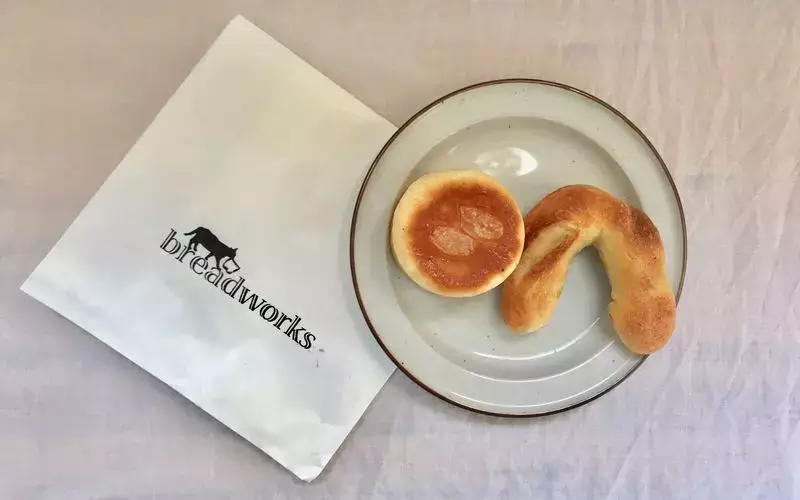
It is a bakery in a corner area where cafes and restaurants are gathered. It is a popular store with three stores in Tokyo. “Custard,” filled with moderately sweet cream in a fluffy dough, is recommended for those who like sweets and small children.
The Little BAKERY Tokyo
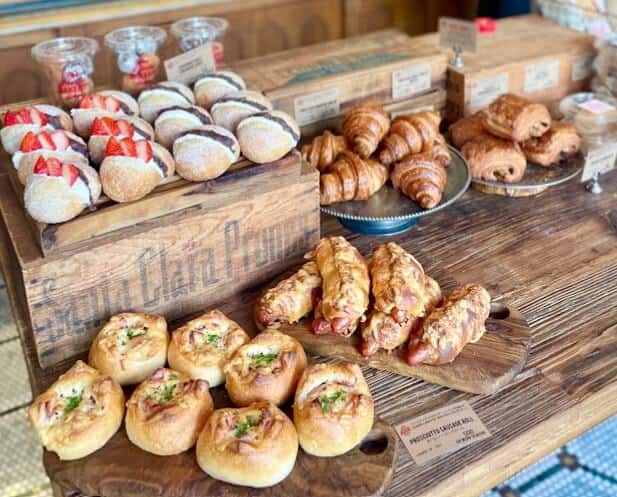
This bakery is full of unusual bread such as “Epi,” which originates in France! The shop also recommended other bread to try, such as donuts and muffins, which are also substantial. You can try their Danish pastry—a crispy Danish topped with ingredients that change daily.
365 days (365日)
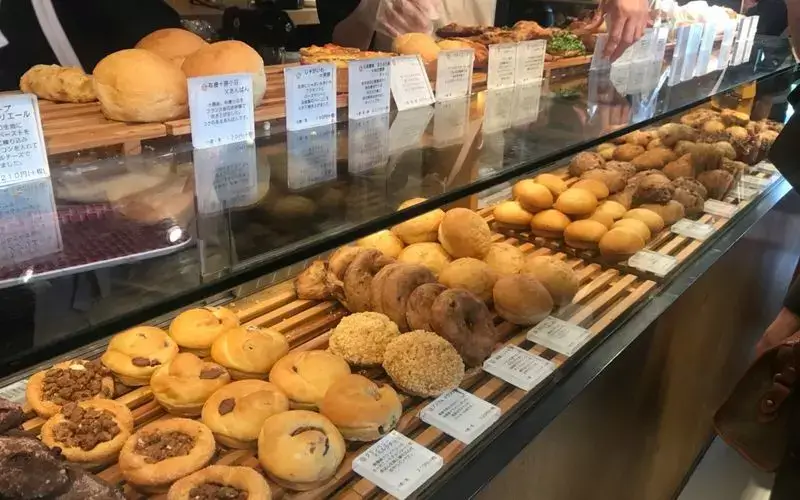
This bakery has a store clerk take the bread lined up in the showcase. This “Crocan Chocolat” is a must-try item for “365 days”. The contents of the bread are crispy chocolate and organic chocolate ganache.
Takeaway
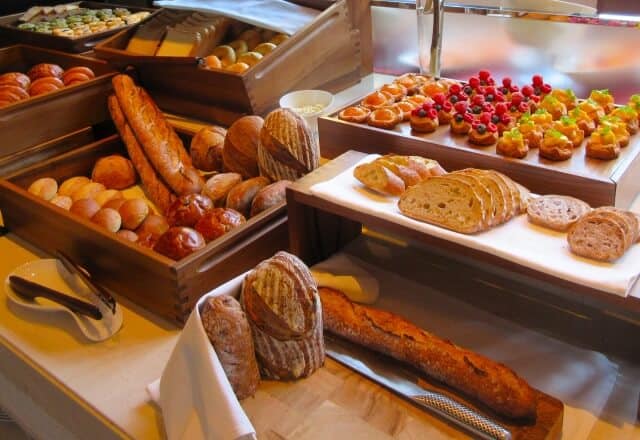
In Japan, kashipan is a beloved testament to the country’s fusion of culinary traditions. With its origins in the Meiji era and incorporating Western baking techniques, kashipan showcases the adaptability and creativity of Japanese cuisine. From classic anpan to an array of innovative flavors and fillings, these sweet bread and pastries are significant in Japanese hearts and palates. Whether enjoyed as a delightful snack, a quick breakfast, or a comforting dessert, kashipan remains an integral part of Japan’s rich culinary heritage, cherished by locals and admired by visitors seeking a taste of Japan’s diverse and flavorful bakery culture.
You can check some Japanese bread that we know you would like to try too.






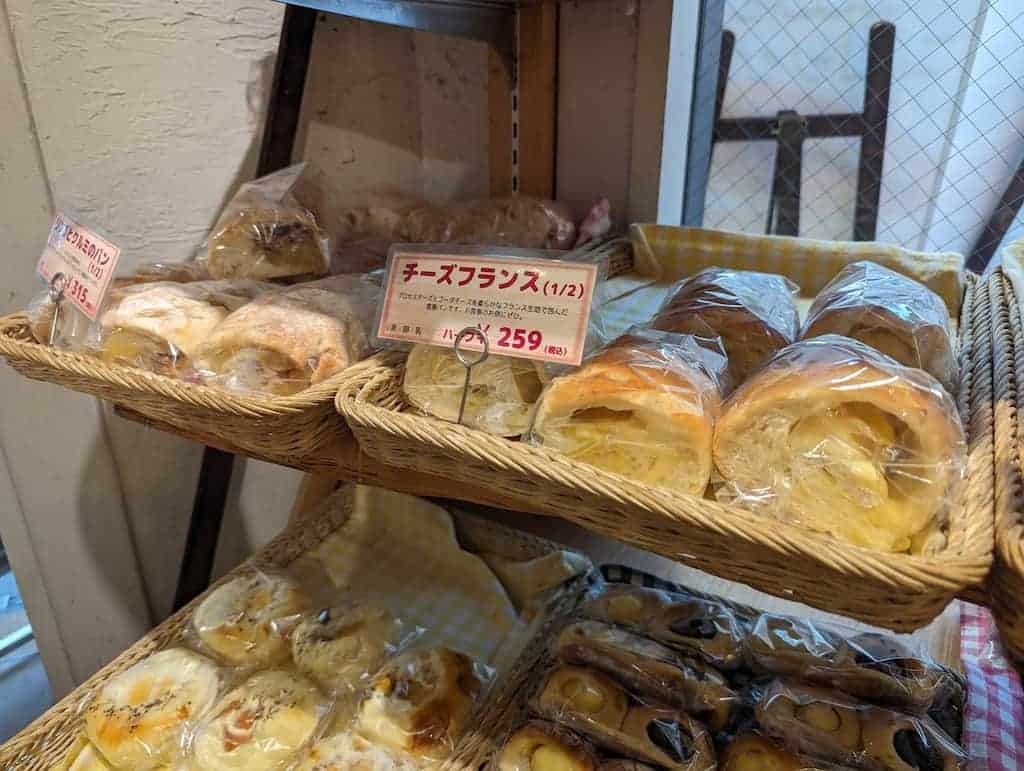
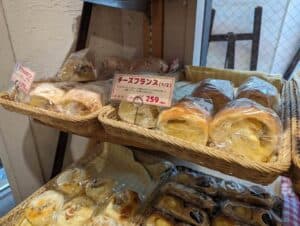
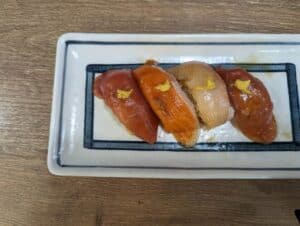
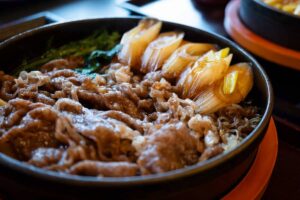
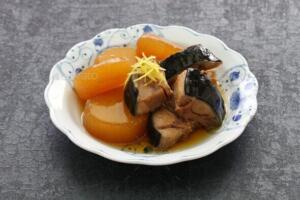
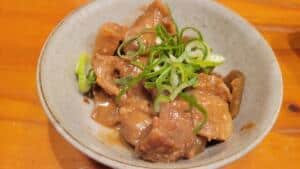
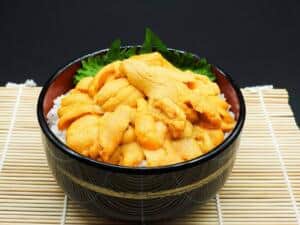
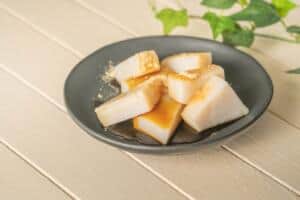
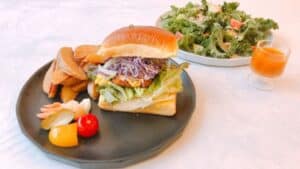
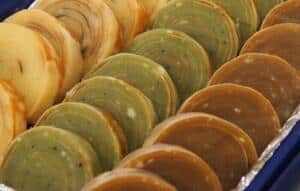
Comments